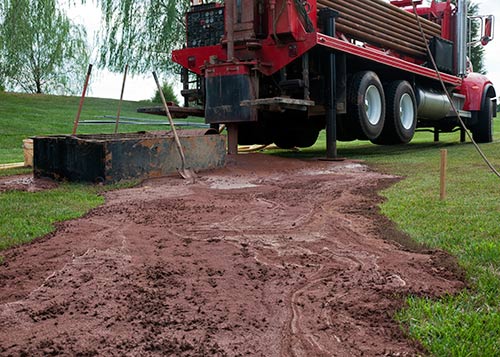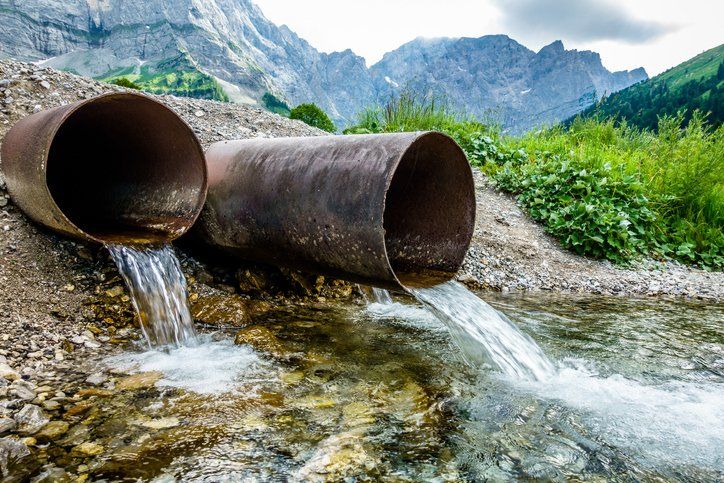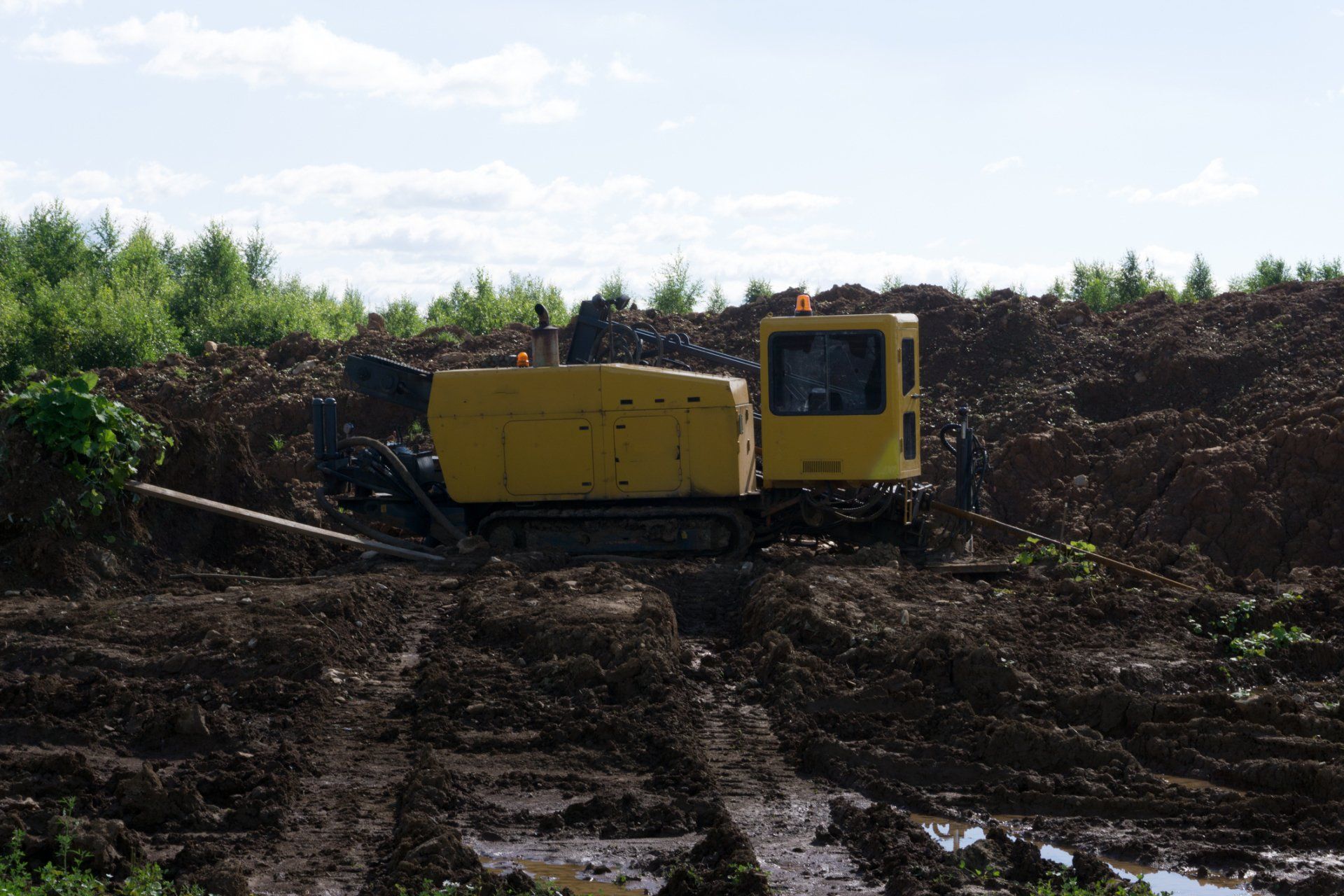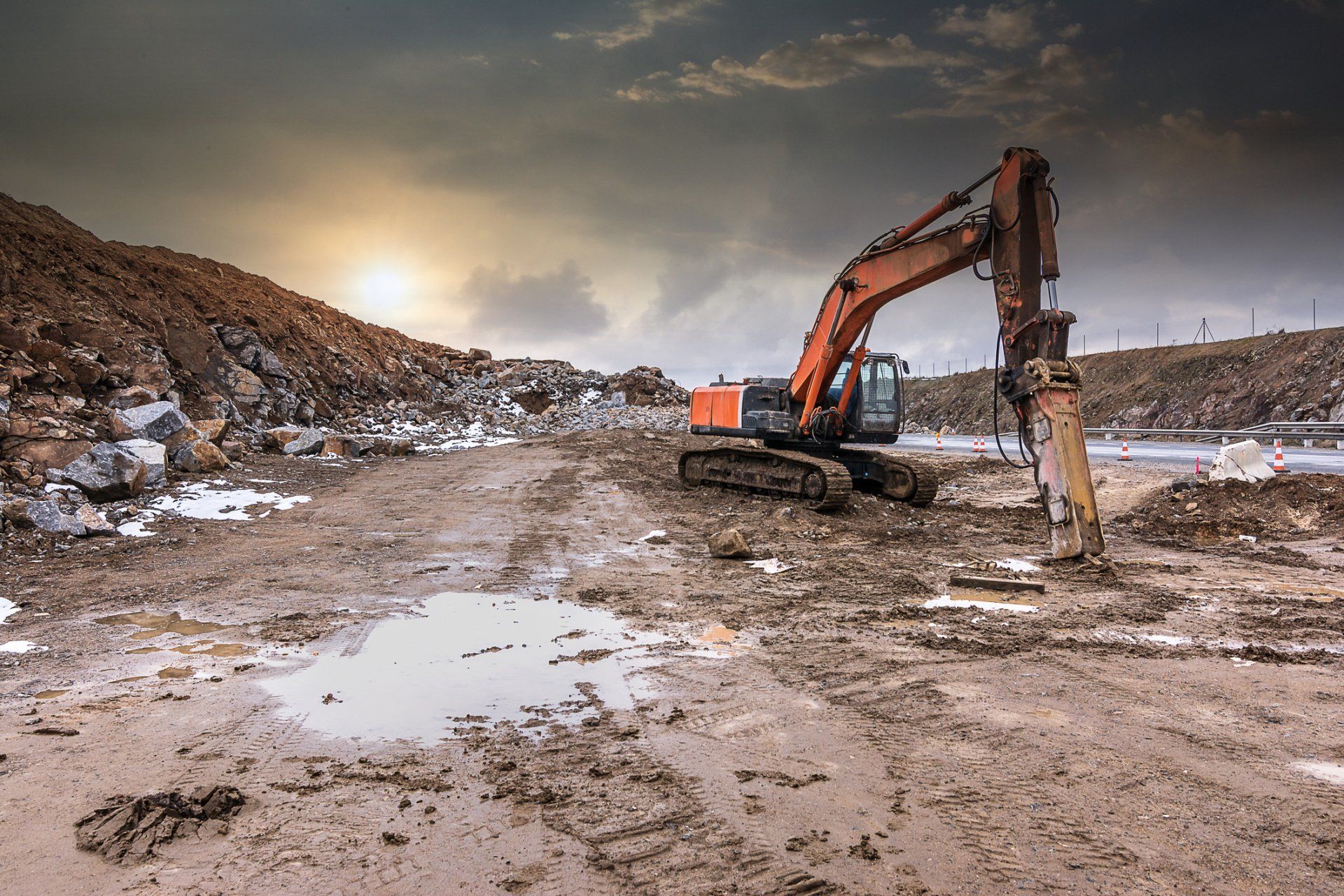Understanding What Horizontal Directional Drilling Is
- By Admin
- •
- 29 Nov, 2016
- •

When you hear about public works projects, you may have heard of horizontal directional drilling, often referred to by its abbreviation HDD. It works by sending a boring head down a hole to navigate along a predetermined alignment. Care must be exercised so that existing utilities and structures are not disturbed. After a small diameter passageway exists, the machine is outfitted with a reaming head to widen the tunnel. Fluids keep the machinery cool and lubricated while underground material is collected along its path. Certain drill heads are made for cutting through solid rock.
Benefits
When compared with trenching and excavating, a lot of the advantages of directional drilling become clear. The following are a few benefits of HDD:
- Very little environmental impact
- Minimal disturbance to existing ground
- Faster than traditional methods
- Less hazardous for workers
What It's Used For
Utility companies, cities, counties, engineering firms and scientific organizations have employed HDD. Here are some of its uses:
- Underground gas, water, sewer, storm, fiber and power utility installation
- Stream crossings
- Well-site preparation
- Soil characterization
- Bioremediation
It’s clear that HDD is a great option for many uses. Its clean operation, speed and versatility make it a commonly specified method for projects requiring underground disturbance. To learn more about horizontal directional drilling, call McCall Brothers Inc. at 704-399-1506.
Some old wells still produce water since their construction many years ago. Take a look at these four amazing old wells still in use today.
Many different styles of treatment systems exist to purify well water for use in your home. Read about three types of whole-house treatment systems.












